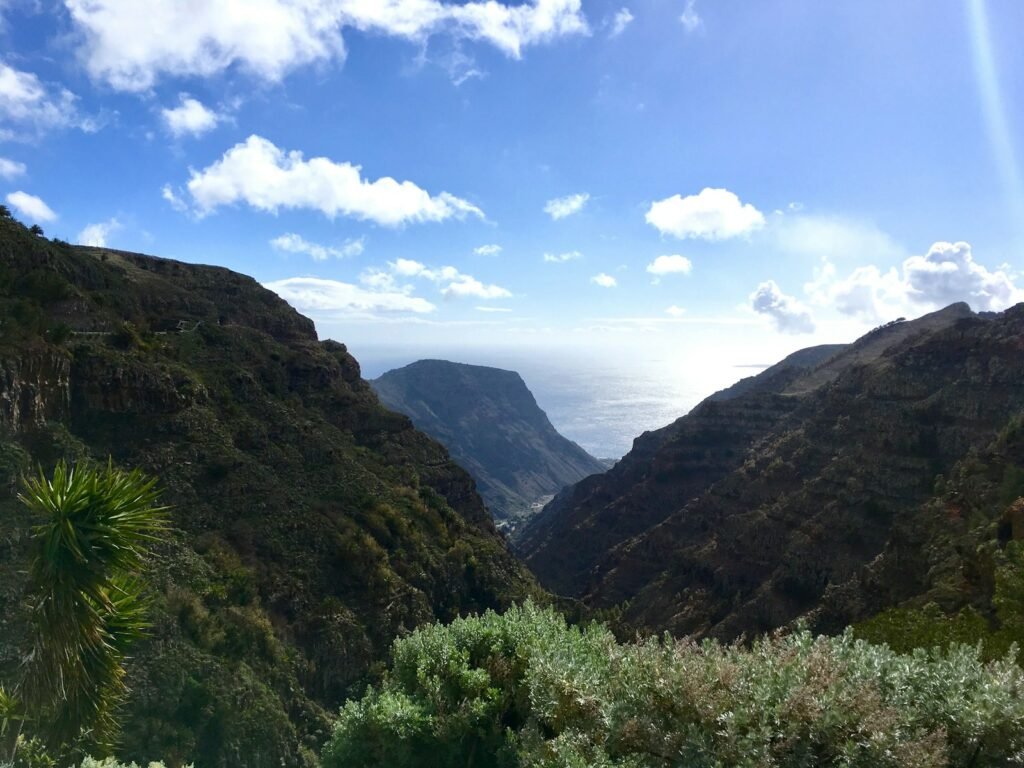Imagine stepping outside your suburban home and being greeted not by endless stretches of lawn, but by a vibrant patchwork of wildflowers, buzzing bees, and darting butterflies. This isn’t a fantasy—it’s a movement gaining momentum in the heart of Australia’s largest cities. As Sydney and Melbourne grapple with the challenges of biodiversity loss and urban sprawl, residents and scientists alike are turning to a powerful solution: rewilding the suburbs with native plant gardens. This isn’t just about pretty landscapes; it’s about reviving ecosystems, connecting people with nature, and creating hope for the future—right at your doorstep.
The Urgency of Urban Biodiversity
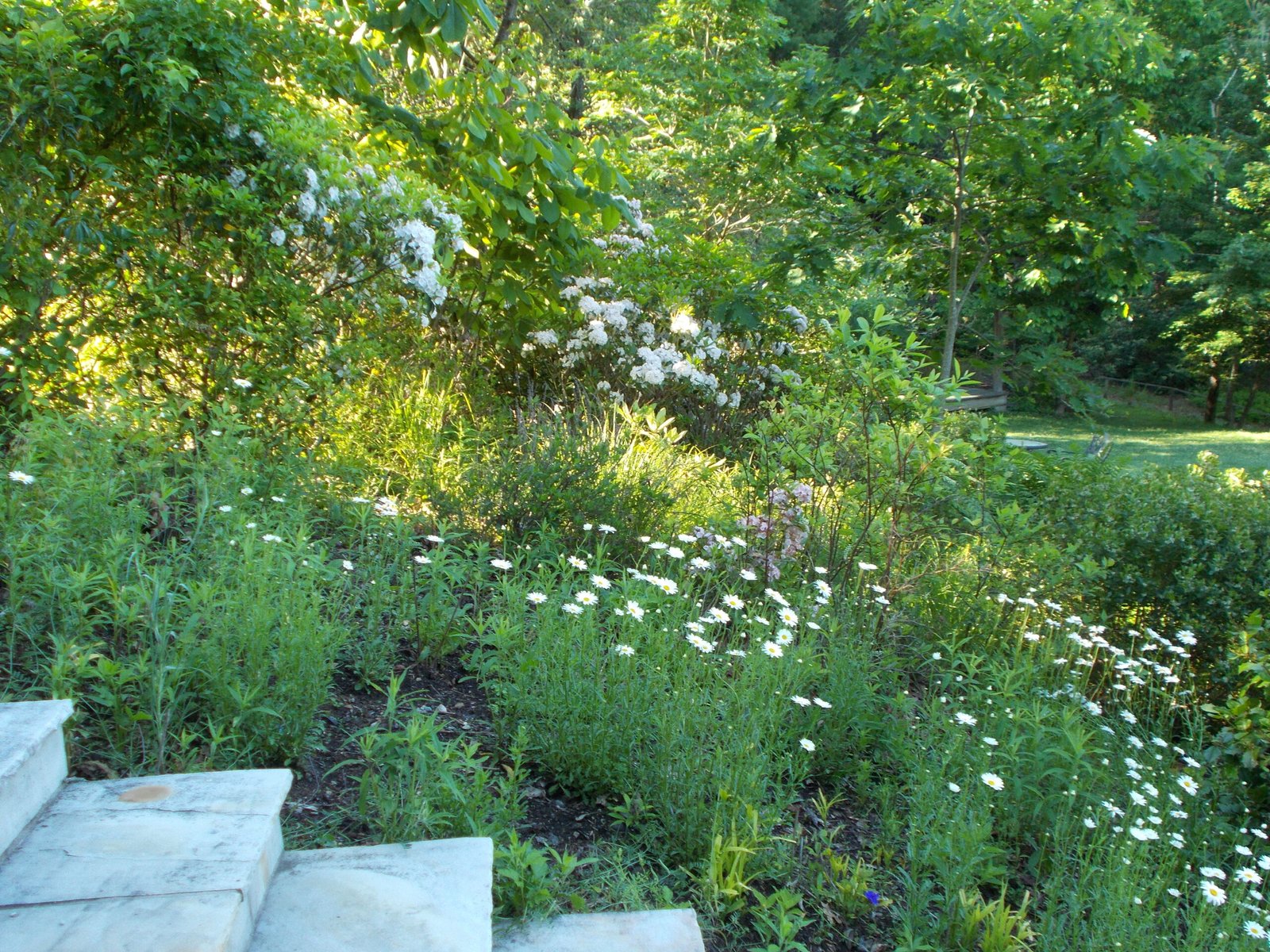
Cities like Sydney and Melbourne are growing fast, but that growth often comes at the expense of local flora and fauna. Native plants, once abundant, have been squeezed out by concrete, exotic lawns, and ornamental shrubs. The result? A silent crisis where urban wildlife struggles to survive. Scientists warn that without urgent action, many native species could vanish from city environments. This loss isn’t just ecological—it erodes the sense of wonder and connection people feel towards their home landscapes. Urban native plant gardens offer a lifeline, helping to restore balance and invite nature back into everyday life.
What Does Rewilding Really Mean?

Rewilding isn’t about letting gardens run wild with weeds; it’s a thoughtful process of restoring native ecosystems in places where humans live. In Sydney and Melbourne, it means choosing plants that have evolved alongside local wildlife for thousands of years. These gardens mimic natural bushland, using species like banksia, grevillea, and kangaroo grass. By reintroducing these plants, gardeners create microhabitats for birds, insects, and even small mammals. Rewilding encourages a shift in mindset—from controlling nature to collaborating with it, fostering resilience in the face of urban pressures.
Native Plants: The Heartbeat of Australian Gardens
Australian native plants are uniquely adapted to the continent’s challenging climate. In Sydney, species like bottlebrush and wattles thrive in sandy soils, while in Melbourne, tough grasses and colorful daisies suit the region’s variable weather. These plants require less water than exotic varieties and rarely need chemical fertilizers or pesticides. Beyond their practicality, native flowers and shrubs bring the garden alive with vivid colors, intricate shapes, and the unmistakable scent of eucalyptus or melaleuca. Planting natives is not just environmentally sound—it’s an act of celebrating Australia’s natural heritage.
Wildlife Returns: From Birds to Bees

The transformation that follows the introduction of native plants is nothing short of inspiring. Suburban gardens once silent now resonate with the calls of lorikeets, wrens, and honeyeaters. Bees and butterflies, many of them native species, flock to nectar-rich blossoms, pollinating the plants and supporting the entire food web. Even small lizards and frogs find refuge in the dense cover provided by native grasses and shrubs. These wildlife encounters delight residents, especially children, who get to witness the daily dramas of nature up close—a thrilling reminder that wildness can thrive just outside the back door.
Science Speaks: The Benefits of Urban Rewilding

Research from Australian universities underscores the ecological and social benefits of native plant gardens. Studies show that green spaces filled with indigenous plants support greater biodiversity than traditional lawns or exotic gardens. They reduce urban heat, capture stormwater, and sequester carbon—helping cities adapt to climate change. Importantly, these gardens also boost human well-being. People living near native plantings report lower stress, increased happiness, and a stronger sense of community. The science is clear: rewilding isn’t just good for wildlife, it’s good for people too.
Gardeners Leading the Way

Across Sydney and Melbourne, everyday residents are becoming champions of rewilding. Community groups, local councils, and passionate individuals are transforming street verges, schoolyards, and backyards with native plantings. Some neighborhoods even host “plant swaps” where locals exchange seeds and seedlings of indigenous species. These efforts often start small—a patch of wallaby grass here, a cluster of paper daisies there—but they ripple outwards, inspiring others and building a patchwork of mini-ecosystems across the suburbs. Each garden, no matter how tiny, becomes a stepping stone for wildlife.
Designing for Beauty and Function
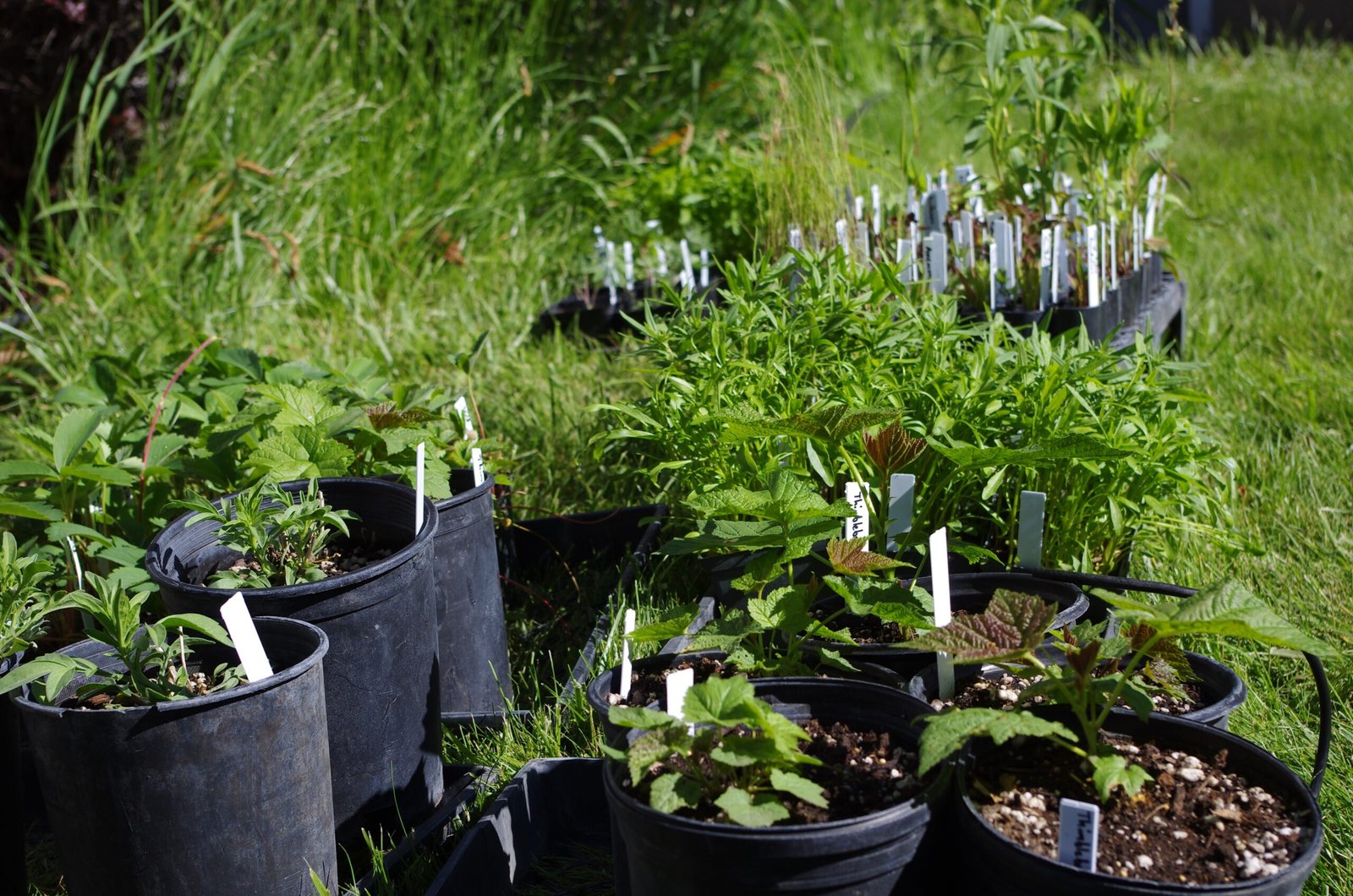
Many people worry that native gardens look messy or unkempt. In reality, thoughtful design can result in landscapes that are both stunning and functional. Gardeners can play with layers, mixing tall shrubs with groundcovers and flowering perennials for year-round interest. Pathways, logs, and rocks add structure and habitat, while water features attract frogs and dragonflies. With a bit of creativity, native gardens can match the elegance of any formal landscape, while being infinitely more dynamic and alive. The key is to embrace the natural patterns of the bush, letting the plants guide the design.
Challenges and Myths in Urban Rewilding
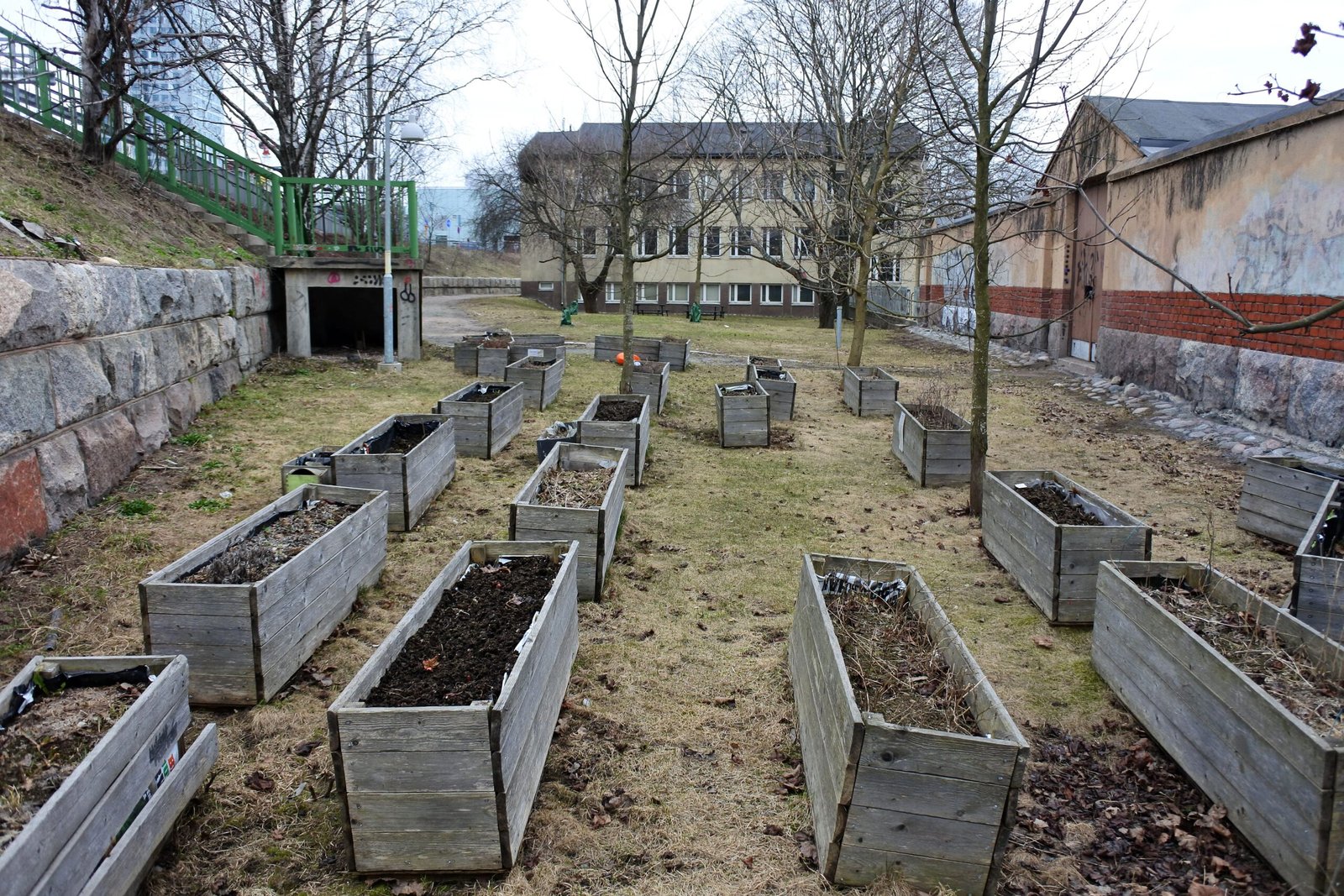
Despite the growing popularity, myths and challenges persist. Some believe native plants attract pests or are hard to maintain. Others worry about bushfire risks or think exotics are simply prettier. Education is essential to overcome these hurdles. Modern cultivars address many concerns, offering compact, fire-wise, and visually striking options. Local councils often provide workshops and resources to help new gardeners succeed. Over time, as success stories spread, skepticism gives way to curiosity—and soon, to pride in supporting Australia’s wild heritage.
Community Projects Making a Difference
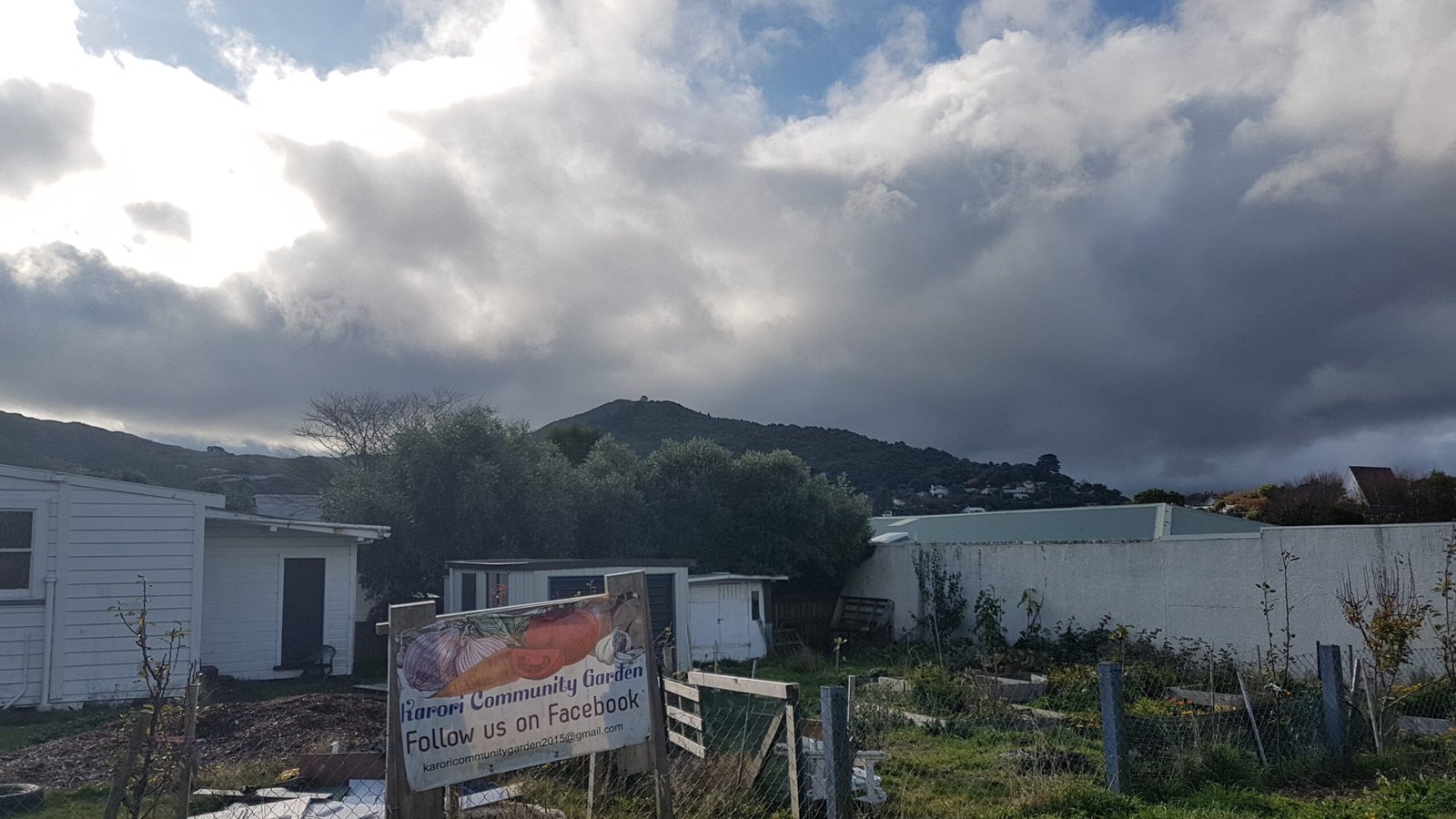
Sydney’s “Wildflower Corridors” and Melbourne’s “Backyard Biodiversity” initiatives are shining examples of urban rewilding in action. These projects encourage residents to link their gardens, creating continuous habitat for pollinators and small animals. Schools are planting learning gardens filled with native species, teaching students about ecology through hands-on experience. Even apartment dwellers are getting involved with balcony gardens and native rooftop plantings. These collective efforts highlight the power of community and show that rewilding isn’t just a personal choice—it’s a shared journey towards a greener, more hopeful city.
How to Start Your Own Native Garden
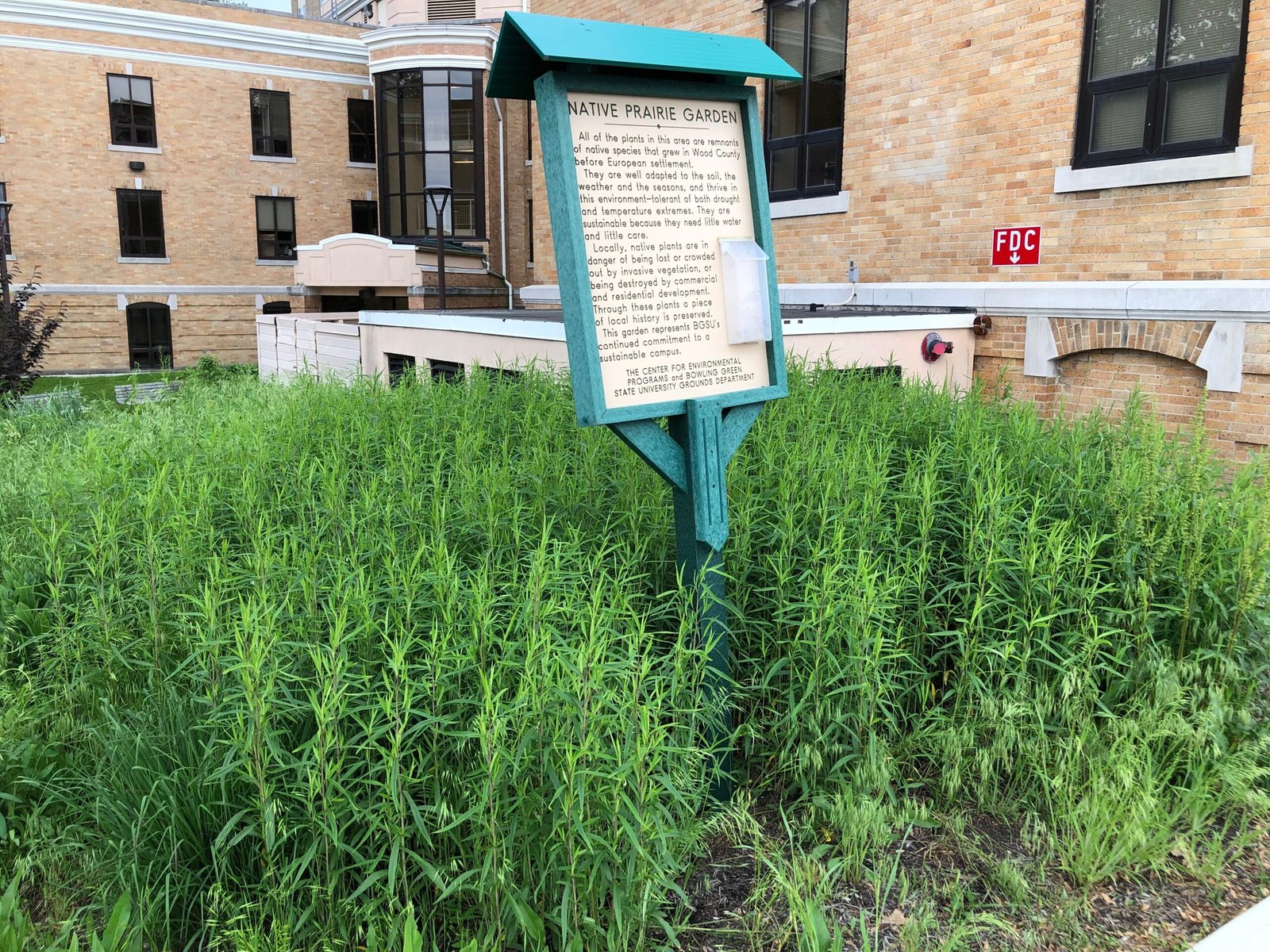
Starting a native plant garden can feel daunting, but it’s surprisingly simple. Begin by observing your local environment—what plants grow naturally in parks and bushland nearby? Visit native nurseries for advice and select a mix of trees, shrubs, and flowers suited to your soil and sunlight. Remove invasive weeds and gradually replace lawn with garden beds. Mulch well to retain moisture and suppress weeds, and avoid pesticides that harm beneficial insects. Most importantly, be patient; as your garden matures, you’ll witness the slow, magical return of life.
Rewilding: A New Vision for Suburban Life
Urban rewilding is more than a trend—it’s a movement that invites us to rethink our relationship with the land beneath our feet. In Sydney and Melbourne, native plant gardens are transforming suburbs into vibrant, living mosaics where people and wildlife coexist. This vision is both practical and poetic: gardens that are beautiful, resilient, and deeply rooted in Australia’s unique natural history. As more residents embrace rewilding, a new kind of city emerges—one where every backyard, verge, and park whispers the wild stories of the bush. What might your garden become if you let a little wildness in?



